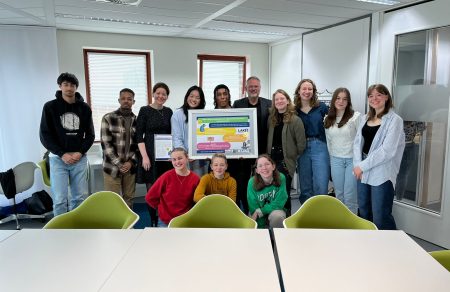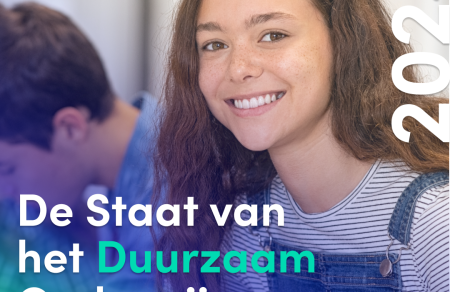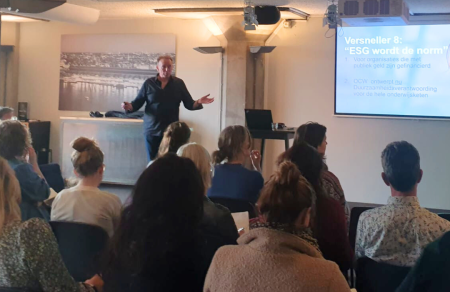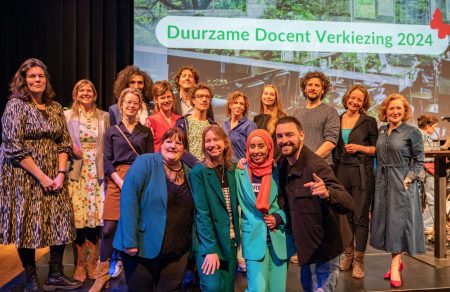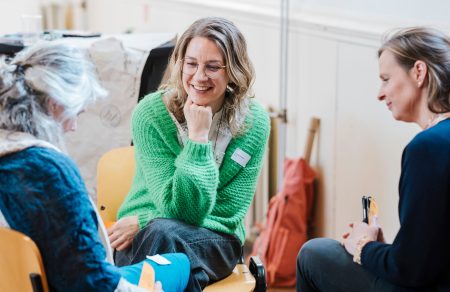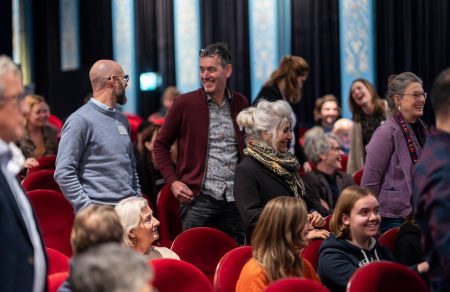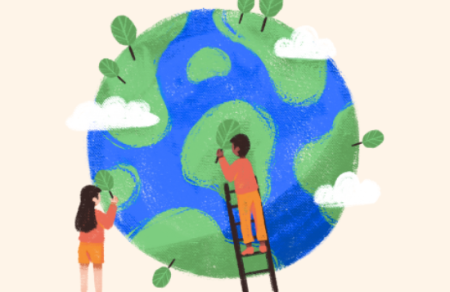The project includes teaching materials to help you as a teacher. All materials have been written by an international group of professionals, tested by teachers and adapted where necessary [for the Dutch situation - CMG]. Learning from nature is for technology education, biology, math, physics or chemistry education. Important finding is that biomimicry not only contributes to the development of research and collaborativeskills but also provides an excellent opportunity for desired subject integration.
In this EU-supported Erasmus+ education project, we are working with partners from Hungary, the Czech Republic, Slovakia and Great Britain. This three-year project began in late 2018 and focuses on further developing biomimicry teaching materials for 12 - 16-year-olds'.
What BioLearn is about
The first to use the word "biomimicry," American Janine Benyus and her team found nine "working" principles that take place in nature. Those principles are the following[1]:
|
- Nature uses only the energy it needs - Nature uses form that fits function - Nature rewards working together |
BioLearn in secondary education
This Erasmus project thus focuses on secondary education[2]. When the teacher decides to pay attention to this in class, it is important that students become acquainted with these principles. After all, they are the basis for thinking about and working with biomimicry. These principles recur in all modules.
The BioLearn website has two introductory modules on how those principles work ("The Principles of Nature" and "Masterful Models"). There are also elaborate follow-up content packages; these cover the topics of water, building, health, packaging, water management and economics. Hence, the authors state that biomimicry can be used well in a variety of subjects.
Consideration has also been given (if necessary) to training teachers who want to work with this material. That manual can also be found on the website[3]. Finally, research was conducted into the incorporation of this method into the existing core objectives - and thus into the lessons themselves. UU student (former; now employee) Matthijs Roobeek did that research and came up with a number of recommendations[4] for use of biomimicry "methods" in the curriculum (somewhat freely translated):
|
What can education do with biomimicry?
The material of this project is comprehensive and very systematically designed. Not only are there for each topic a summary of the "issue" and what principles of biomimicry can be used here, didactically extensive attention is paid to learning objectives and outcomes, competencies (of the students), a summary of the activities and background material for the teacher.
As an example, the topic "the natural economy. In it, all proposed activities pass through the following paragraphs in detail:
- Grown to grow again.
- Is this the future?
- If nature is the solution, what is the problem?
- Moving to a circular economy.
In a good number of pages, this economic topic, like the other topics, is worked out in activities and forms of work. In teaching practice, this can lead to a substantively and didactically broad approach. The text says the following: 'This module can be used flexibly within the curriculum to support core knowledge of Biology, Physics, Chemistry and Design & Technology and develop competencies for scientific work. The learning aligns with the Sustainable Development Goals and provides a broader context for learning. It is suitable for adaptation as a STEAM activity'.
And in addition, all topics have practical worksheets for students.
It seems to me of great importance that these educational activities are carried out both inside and outside - individually and in groups: learning from nature and 'questioning' nature itself cannot possibly take place only in the classroom. These principles were already written down in the 1970s, for example in the then famous SLO project 'Nature education for elementary school'.[5] and in the classic "The Use of the School Environment[6].
Thoughtful, systematic and relevant/up-to-date: these seem to be the keywords that apply to these materials.
One concern one might have is that the sequence of actions and number of lessons would be somewhat "coercive. Nowhere does it say that everything would have to be done that way but the creators do suggest - by the number of activities - about five lessons. The question is whether teachers, especially those in subjects other than economics itself, are sufficiently equipped and have time for this. On the other hand, the text states the following: 'This module can be used flexibly within the curriculum to support core knowledge of Biology, Physics, Chemistry and Design & Technology and develop competencies for scientific work. The learning aligns with the Sustainable Development Goals and provides a broader context for learning. It is appropriate to adapt as STEAM[7] activity'.
As an aside
Although not part of this review, it is worth mentioning a recent publication from KNNV Publishers that takes birds as its inspiration; see below:
From the accompanying text: 'In "The Bionic Bird," Annemarit van Broekhoven takes you through a feathered world full of opportunities and discoveries. She shows what the rules of nature are and which cleverness of birds have already been translated into sustainable solutions for the human world. It is a voyage of discovery that makes you look at nature in a different way. Once you have mastered this, you will see that ideas and solutions can be found all around us. Because whether birds swim, fly, flutter or waddle, the bird world is an inexhaustible source of inspiration to make our world healthier and more beautiful.'.
[2]BiomimicryNL also provides lesson information for elementary schools.
[3]https://biolearn.eu/wp-content/uploads/2021/11/Docenten_Training_materiaal_fnl_NL.pdf.
[5]See for example Resources for NME. That that project is about the basicgoing to school is, in my opinion, immaterial.
[6]See Resources for NME.
[7]STEAM stands for: Science, Technology, Engineering, Physician and Mathematics.
